Discover & track shorebirds at Crandon Park!
Crandon Park’s beach on Key Biscayne is one of the best places in Miami-Dade County to observe shorebirds, and is also a vital habitat for threatened, endangered and federally protected species. The beach’s sandy shores and tidal flats provide critical foraging and resting grounds for the Sanderlings, Piping Plovers and Semipalmated Plovers who travel here from as far away as the Arctic Tundra, the Great Lakes and Nebraska’s Platte River Valley, calling these shores home July through March. The park’s natural features offer the food and shelter the birds need to thrive, making Crandon Park an essential stopover for these vulnerable populations.
In addition to hosting Sanderlings, Piping Plovers and Semipalmated Plovers, Crandon’s beach is a biodiversity hotspot for a wide range of other shorebird species, including herons and egrets, gulls, terns and sandpipers and other species of plovers. The park’s protected status helps minimize human disturbances, preserving the area’s ecological integrity and ensuring it remains hospitable for wildlife. This conservation value extends to maintaining the delicate balance of South Florida’s coastal ecosystems, which are crucial to the health of our region's biodiversity.
The park also plays a significant role in fostering environmental education and research, serving as a hub for bird monitoring programs, community science initiatives, and public awareness campaigns that enable residents and visitors to engage in shorebird conservation efforts.
By protecting and managing the beach effectively, Crandon continues to support threatened species and promote a deeper understanding of the importance of preserving coastal habitats. To learn more about the park’s shorebirds and unique ecology and to take part in guided tours of the natural areas, visit the Crandon Park Visitor’s & Biscayne Nature Center, located on the north end of the park at 6767 Crandon Boulevard.
Help us collect shorebird data!
We’re inviting the community to help us identify the specific areas where shorebirds congregate on or near the park’s beach. The iNaturalist app should be used to submit your shorebird observations. Once their favored resting and roosting areas are established, county officials can rope them off to help minimize human disturbance during the months when shorebirds are present. Your input will help the Crandon Park Shorebird Project succeed!
Using iNaturalist to collect bird data is highly effective because its user-friendly design engages contributors of all skill levels, and its community-driven identification process ensures data accuracy. Observations, including photos and audio, are shared in real time and integrated with global biodiversity databases, such as Global Biodiversity Information Facility, making the data available for large-scale research. The platform also fosters public awareness and education by providing species information and tools for visualizing biodiversity trends, helping to monitor changes in bird populations and behaviors over time, while promoting conservation efforts.
When observing shorebirds at Crandon, we hope you’ll help us collect important shorebird data by using iNaturalist. Your input will help the Crandon Park Shorebird Project succeed.
Sign Up for iNaturalist:
○ Download the iNaturalist app on your smartphone or visit www.inaturalist.org to create an account.
Take a Photo:
○ Capture a photo of the bird(s) you are observing.
Submit the Observation:
○ Open the iNaturalist app or website.
○ Navigate to the "Observation" feature.
○ Upload your photo and submit the observation.
Additional Features:
○ The app will provide AI-generated suggestions for identifying the species based on visual characteristics, location, and crowdsourced data.
○ If location access is enabled on the app, your location will be automatically captured when submitting the observation.
Project Information:
○ A dedicated iNaturalist project has been created for this effort! You can locate the project by searching ‘Crandon Park Shorebird Project’ under the ‘Project’ tab or navigate to the URL for the Project: https://www.inaturalist.org/projects/crandon-park-shorebird-project
○ Any observation of a shorebird submitted with a geotagged location within our Crandon Park shorebird boundaries will automatically be added to our Project!
○ Be sure to visit the Project regularly to view new observations from other community scientists!
Share the Shore. Please don’t disturb the birds!
It’s important not to disturb any shorebirds on any beach because human distractions can interfere with critical activities such as resting, foraging and nesting. Unwelcome disturbances can cause birds to expend vital energy fleeing from threats, reducing their ability to feed and reproduce successfully. Piping Plovers are federally protected due to their threatened status, and preserving their habitat at Crandon supports their survival, while maintaining the ecological balance of this important coastal ecosystem.
Please visit Crandon soon to observe and enjoy these very special shorebirds, and to help us monitor and protect them by uploading your data to iNaturalist.
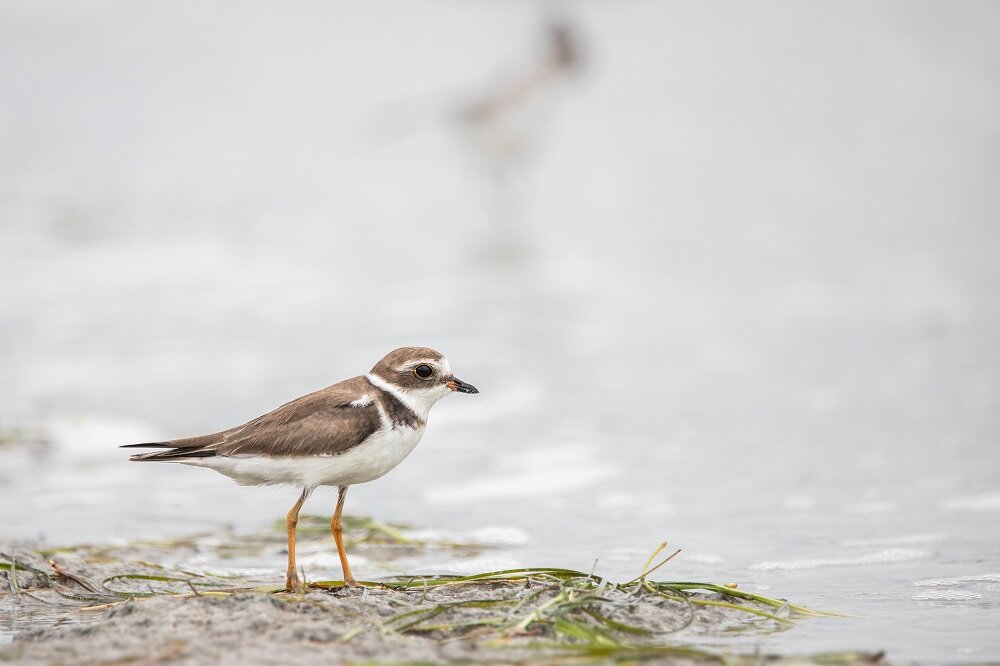
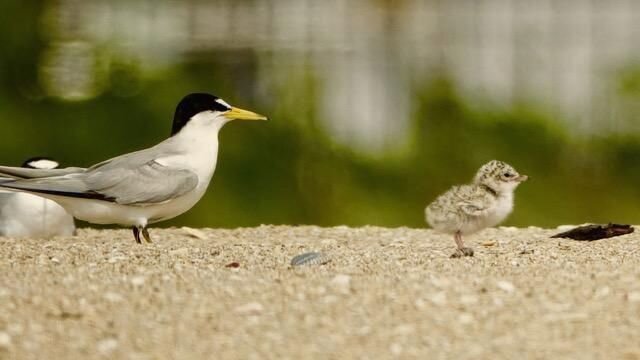
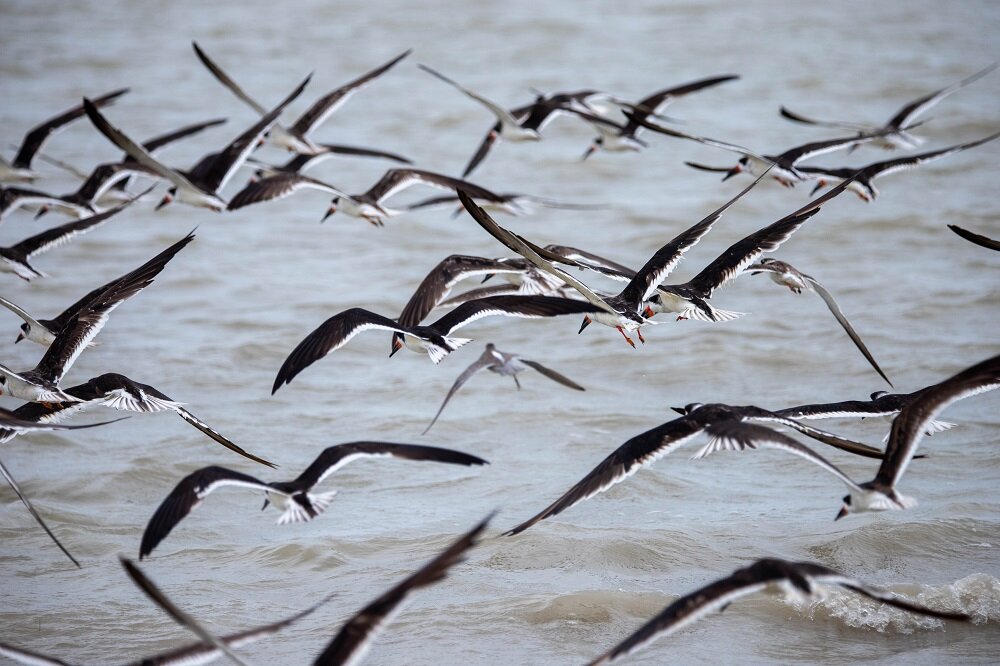
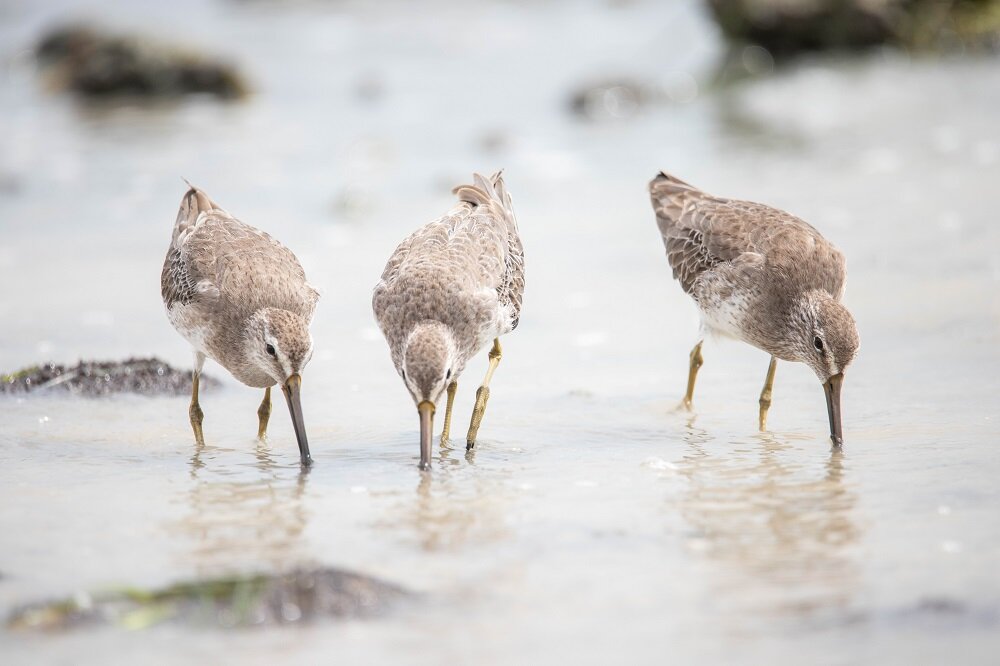
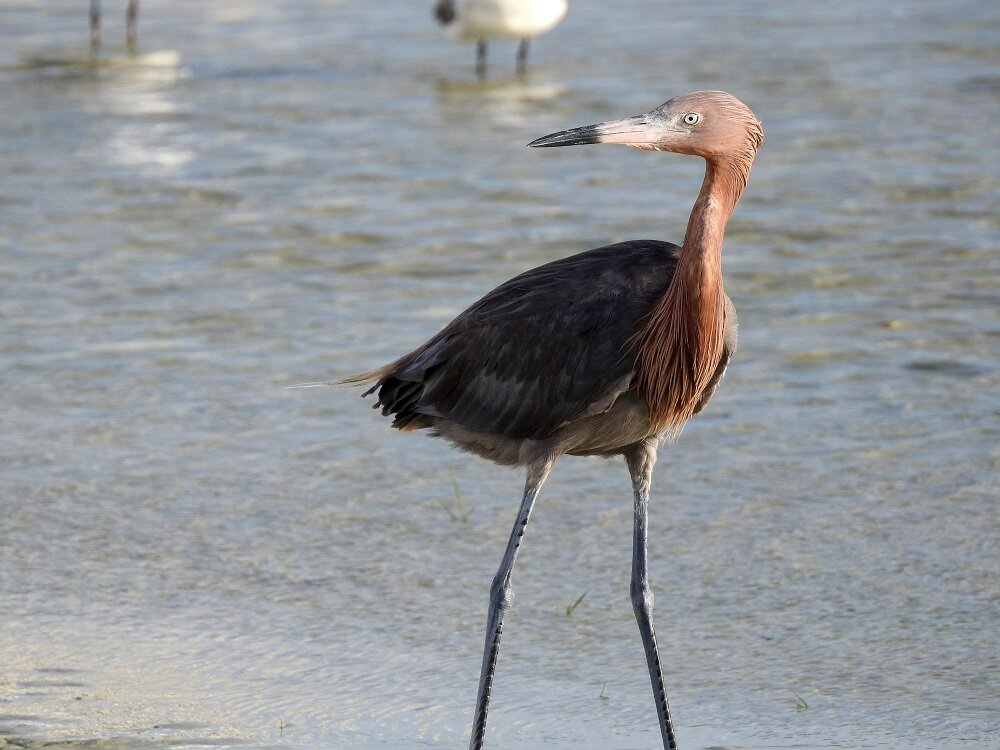
Banner Photo: Piping Plovers by Miriam Avello




